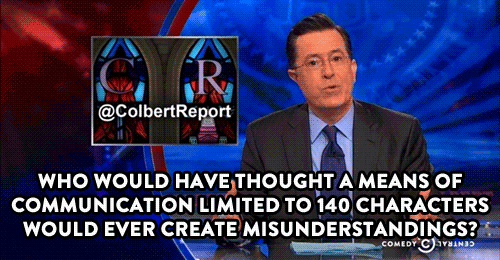The malicious act of subtweeting influences young adults and teenagers to engage in passive aggressive behavior online, which damages relationships and increases bullying. In order to prevent problems caused by subtweeting, schools and university organizations should implement policies against one’s social media presence.
Twitter has revolutionized American culture with its invention of the subtweet.
Subtweeting is just the same as gossiping about someone behind their back through a 140 character tweet.
Not only can all of the subtweeter’s followers view the subtweet, but the victim of the comment usually notices it as well.
Highly favorable amongst teenagers and young adults, subtweeting allows them to indirectly call out someone or write derogatory comments.
According to a study by the Pew Research Center’s Internet & American Life Project, three out of 10 girls ages 12 to 13 said they have experienced unkind treatment on social networks.
To explain the shift to online bullying, Amanda Lenhart, a co-author of Pew’s report, said, “Some assume a sort of ‘alter ego’ on the Web, engaging in conversation with more bravado and taking more risks than they do when face to face with a peer.”
Writing a sneaky tweet about another student or member is immature and inept behavior. Typically, the perpetrator behind the subtweet feels the need to appear above others by sending out degrading comments.
“People subtweet each other because they do not want to directly say the comment to the person’s face, but they secretly hope the person reads it,” said sophomore public relations major Brittney Hale. “Although I have never been subtweeted, I have witnessed, from my former classmates, the drama that was created through one small subtweet. Feelings were always hurt.”

Subtweeting leads to tension between two or more people or groups
While the subtweeter may not think the act is problematic, the victim often develops insecurities and dismal feelings.
A subtweet can read as an insult toward something as simple as clothing or as complex as a personal relationship.
“Subtweeting is like texting, it can be read in different ways depending on the person reading it,” said freshman chemistry major Ruben Torres. “Someone could subtweet something about another individual but not realize how the person its about is understanding it.”
From classmates to co-workers, subtweeting always has an effect on the relationships. Posting negative comments about people online can be more damaging than actually directing it to them because everything on the internet is public.
Once the message is out, it’s hard to delete as well. With online tweets, the victim suffers more from others witnessing the comment, which perhaps encourages the subtweeter to continue the negative behavior.
Twitter’s easy access has increased the problem of cyber bullying.
According to the global organization for social change, DoSomething, 70 percent of students report seeing frequent bullying online. NoBullying, a movement against bullying, listed the top websites where cyber bullying occurs; they include Facebook, Twitter, Ask.FM and Snapchat.
People take advantage of being able to post anything they desire, and now its effects are displayed by the consequences of bullying. With so many social media applications like Twitter, cyber bullying will be a continual problem as punishment for the offenders is minimal.
Since subtweeting and various harmful social media behaviors are seen as a form of bullying, schools and campus organizations should be involved in situations associated with such acts.
Considering cyber bullying has detrimental effects on a student’s education, schools should have rules controlling the student body’s social media behavior.
Junior broadcasting major Jessie Collins said, “Public schools should be aware of their students’ social media behaviors and if they have instances of cyber bullying, then the administration should punish accordingly.”
Campus organizations can help bring awareness to the issue of unfavorable social media behaviors by having policies for its members to abide by.
Whether one is affiliated with Greek life, leadership groups or religious communities, the individual represents the organization at all times, which includes personal media accounts. If a member of a campus organization is subtweeting, students on the outside will believe all the members take part in the immature behavior.
Some of APSU’s organizations have already taken a stance on distasteful social media behaviors by acknowledging how their members display the values the association is built on.
“SGA does not have policies that directly address social media usage for its members,” said SGA president Will Roberts. “However, if an SGA representative is determined to have acted in a way that is harmful to SGA the member would be brought in front of the Internal Affairs Committee for a hearing.”
APSU’s student newspaper publication, The All State, has a social media policy integrated into the organization’s code of conduct. The policy reads, “In regards to the staff’s social media accounts, the policy states that content that is unprofessional in nature reflects upon the department, its staff, leaders and reputation regardless of the privacy settings in place.”

The Interfraternity Council at APSU also has a social media policy in effect.
IFC president Ryan Honea said, “Each of our fraternities has education programs that inform new members of responsible social media usage.”
With the popular growth of many social media forms, future generations will remain in the era of passive aggressive behavior and cyber bullying will be even harder to control. The only way these actions will end is if individuals, schools and organizations step forward to enforce regulations against harmful statements on social media.







